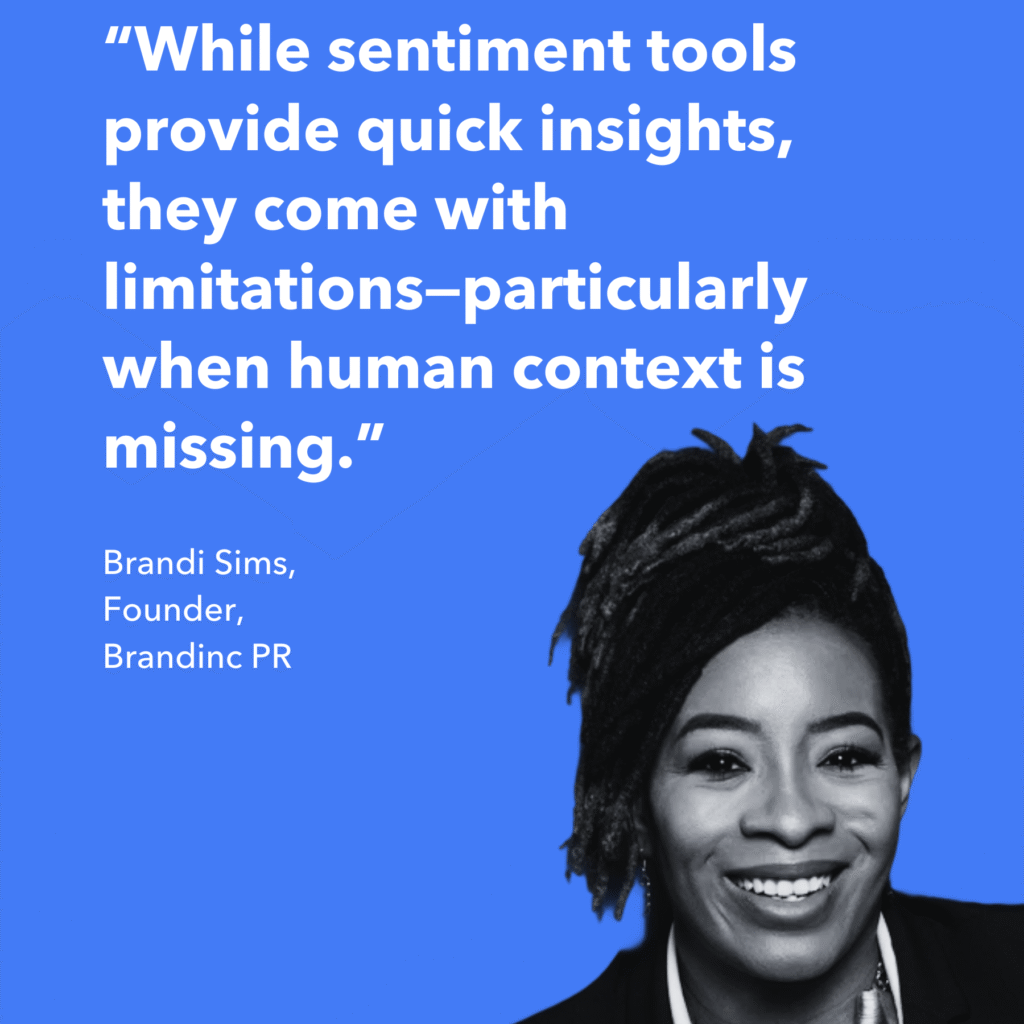
Why Sentiment Analysis Software Still Needs the Human Touch
In today’s fast-paced digital world, brands and PR professionals increasingly rely on sentiment analysis software to monitor public opinion and gauge customer feelings in real-time. These AI-powered tools can quickly scan large volumes of social media posts, reviews, and comments to classify sentiment as positive, negative, or neutral. However, despite the incredible advances in artificial intelligence, sentiment analysis still cannot replace the nuanced judgment of a skilled human communicator.
What is Sentiment Analysis?
Sentiment analysis, also known as opinion mining, uses natural language processing (NLP) algorithms to identify and extract subjective information from text. Companies use it to track brand reputation, understand customer feedback, and tailor marketing strategies accordingly.
The Limitations of Sentiment Analysis Software
While these tools are powerful, they often miss context, sarcasm, cultural nuances, and emotional subtleties that are critical to accurate interpretation. For example, a sarcastic comment might be flagged as positive due to keywords, even though the intent is clearly negative. Similarly, idiomatic expressions or complex emotions often confuse algorithms, resulting in misleading sentiment scores.
Why Human Oversight is Essential
In my feature with PR.co, I emphasized that sentiment analysis software is a helpful assistant but not a replacement for human insight. Skilled PR professionals and communicators bring empathy, experience, and cultural understanding that no algorithm can replicate. Humans can spot tone, intent, and the bigger picture behind the words—elements crucial for effective communication and crisis management.
Moreover, human oversight helps correct errors, validate findings, and strategically apply data insights. Without it, brands risk misreading public sentiment, leading to poor decision-making and potential reputational harm.
Combining Technology and Human Expertise for Better Results
The most effective approach to sentiment analysis blends AI efficiency with human judgment. Using software to handle large data sets and initial sorting, and then involving experts to analyze, interpret, and act on the findings creates a winning formula.
Conclusion
Sentiment analysis software is a valuable tool in the PR toolkit, but it’s only as good as the humans behind it. As technology evolves, we must remember that communication is ultimately about people—not just data points. Human oversight remains indispensable to ensure sentiment analysis truly reflects the voice and emotions of your audience.
Want more expert insights on modern PR tools and strategies?
Follow Brandinc PR and stay tuned for practical tips on balancing technology and human intuition in your communications.
Curious to learn more about where sentiment analysis is headed and what it means for PR?
Check out the full feature on PR.co where I dive deeper into the topic and share practical advice for using these tools effectively in today’s communication landscape. Read the full article here →
